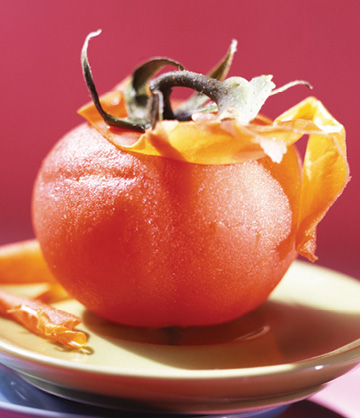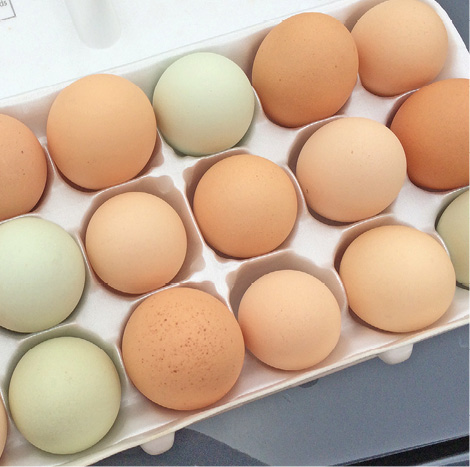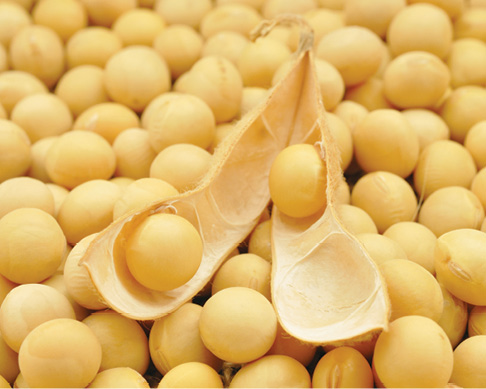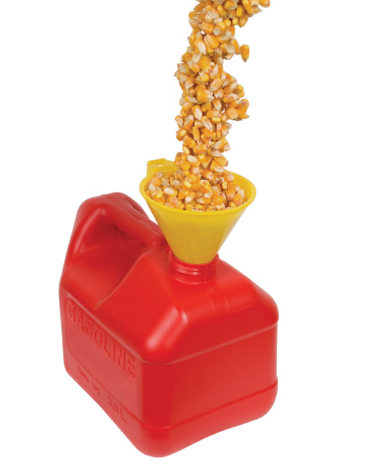B etter way to peel tomatoes
etter way to peel tomatoes
UDSA scientists are looking at the best way to peel tomatoes. In experiments using more than 6,000 tomatoes, results showed that removing the peels with infrared heating may offer advantages over other peeling technologies. This process is waterless, which is a benefit for drought-stricken areas, and there is also no expense of recycling the water. Processors who use sodium hydroxide or potassium hydroxide to peel tomatoes will also not have to worry about disposal. With the infrared process, there isn’t overpeeling, where too many layers of skin are removed
USDA-ARS, January 29, 2015
 New textures from eggs
New textures from eggs
The Institute for Research in Food Science in Spain has investigated the potential of obtaining new textures from egg proteins using enzymatic hydrolysis. This will utilize the whole egg, both the white and yolk, providing added-value and healthy egg products along with the development of new food textures. The textures can range from smooth and creamy to rigid, along with a neutral flavor
Food Navigator, May 19, 2015
 Low-allergen soybean
Low-allergen soybean
Scientists at the University of Arizona and the University of Illinois have developed a new low-allergenic soybean, known as Triple Null. Along with providing an option for those with food allergies, Triple Null also has applications for livestock and agriculture, as soybean is the primary global input of vegetable protein for animal feed and aquaculture.
Oilseed and Grain, May 3, 2015
 Growing corn made for ethanol
Growing corn made for ethanol
Enogen looks like any other corn, but it has just one purpose — making fuel. The first corn genetically enhanced for ethanol production is currently being utilized in six Midwestern ethano l plants.
There is an enzyme needed to refine biofuels that is now embedded in the corn instead of being purchased and added separately. This will produce more ethanol per bushel of corn and use less energy to do it. This allows ethanol plants to produce more ethanol (about a 2 to 6 percent gain in ethanol yield per bushel). Only about 15 percent of corn fed into an ethanol plant will need to be Enogen for the kernels to do their job.
Star Tribune, February 2, 2015
